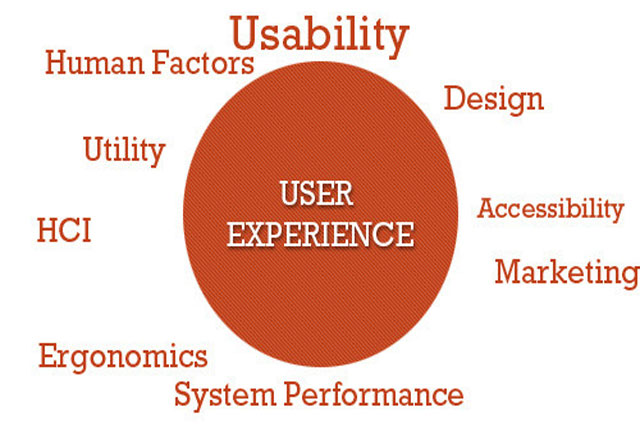UX writing is a part of what any good digital copywriter does, and a UX focus should pervade everything that we do.
Writers span the process of making a website in a unique way. In the early stages, writers work with the project’s user experience (UX) designers to develop and express functionality. Sometimes this functionality can be complex or completely new, so they find ways of making it easy to understand. Later on, writers hunt for interesting and engaging ways of expressing a brand, ideas and the information contained by the product. These words need to interface with other design elements to create a cohesive, consistent and useful experience. Looked at another way, writers are designing libraries from scratch. Not only are they developing the categorization system, but they’re also writing all the books that the system arranges.
UX WRITING
OK, so you probably haven’t heard of UX writing before. That’s because I made it up. And really, you should take it with a pinch of salt. UX writing is a part of what any good digital copywriter does, and a UX focus should pervade everything that we do. I’m using it to describe a specific part of the writing process: the part focused on defining functional things and their role as part of a bigger content structure. This part of the job aims to connect our users to the physical product.
Writers work with designers and UX specialists to express the interactive and functional parts of a product in clear and intuitive ways. They design words and interactions that aim to help users wield our products as if it’s an ex- tension of their body so they can easily navigate it and do what they need to do. I’d argue that good UX writing is forgotten, unobtrusive and helps to make a product second nature. Others, however, may argue that it can be branded and have its own voice. Either way, UX writing connects users with your website or app. To do this, writers hypothesis, test and hunt for new ways of doing things. UX writing happens at the more scientific end of the process. They work to a test- able, objectively-correct solution. Users either understand an interface or they don’t. But a writer’s job is never done. Writers also ensure that our words glue the interface to the information it contains and the brand behind it.
CONTENT WRITING If UX writing is akin to UX design, then content writing is like visual design. This part of the job aims to fill our products with information that has a soul, a feeling and a human objective.
Content needs to straddle the line between a digital object and something beyond it. For instance, a charitable cause, a designer shirt or a piece of news. In this way, content ex- presses something that transcends the technical and structural side of things. It needs to help people take the next step in using the site and convey post-technical concepts. These are the bits of information and processes that the technical parts of a product houses. Content writing is about making the things people visit your site for. Users don’t visit a site for its intuitive navigation and clear button copy; users visit a site because it’s full of good content. I wouldn’t go so far as to say that there are separate roles for UX writers and content writers. There definitely are different aspects to what writers do, but they are so intertwined that it would be exceedingly inefficient to tease them apart.
Its A SPECTRUM THING The breadth of our trade is wide and different components of our trade align with different parts of the digital design process. At one end, writers connect the technical with the practical; at the other, they bridge some- thing on the screen with intellectual, physical or non-digital ideas and things. The dichotomy here may not be hard-and-fast, but it’s a useful device to help us dissect what digital writers do, and how writers should be involved in product development.





